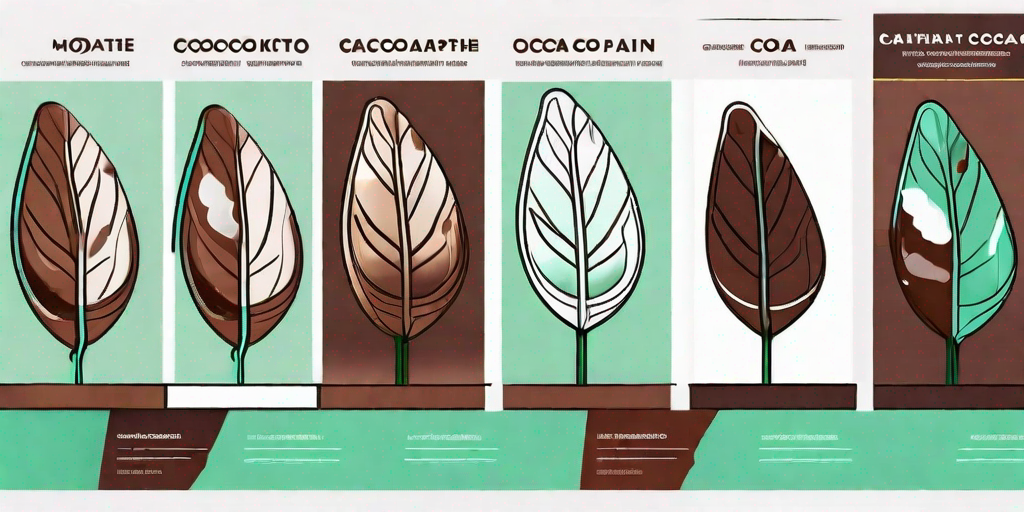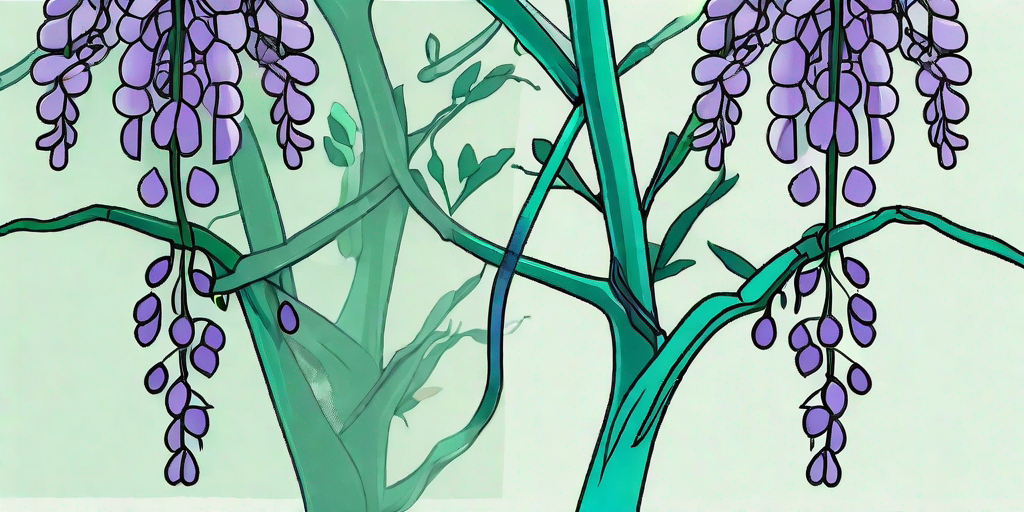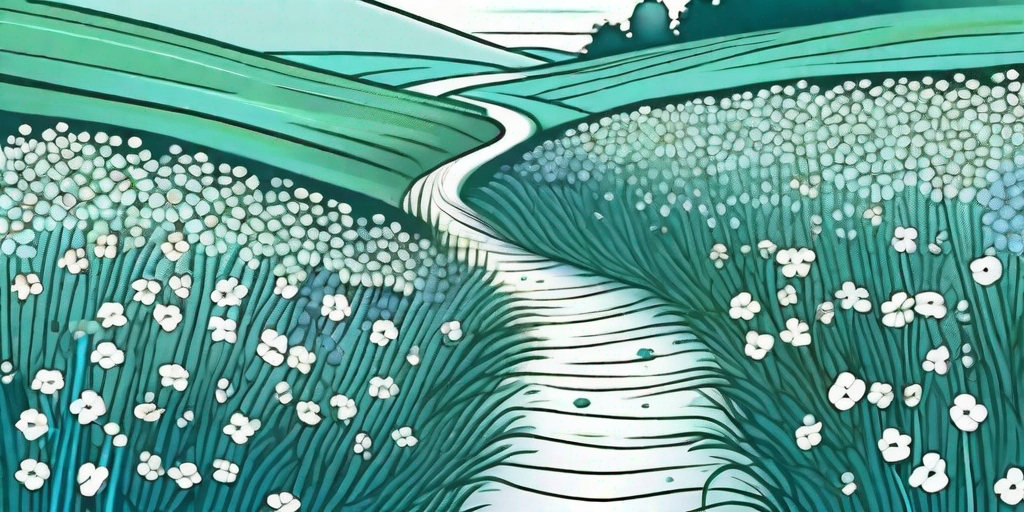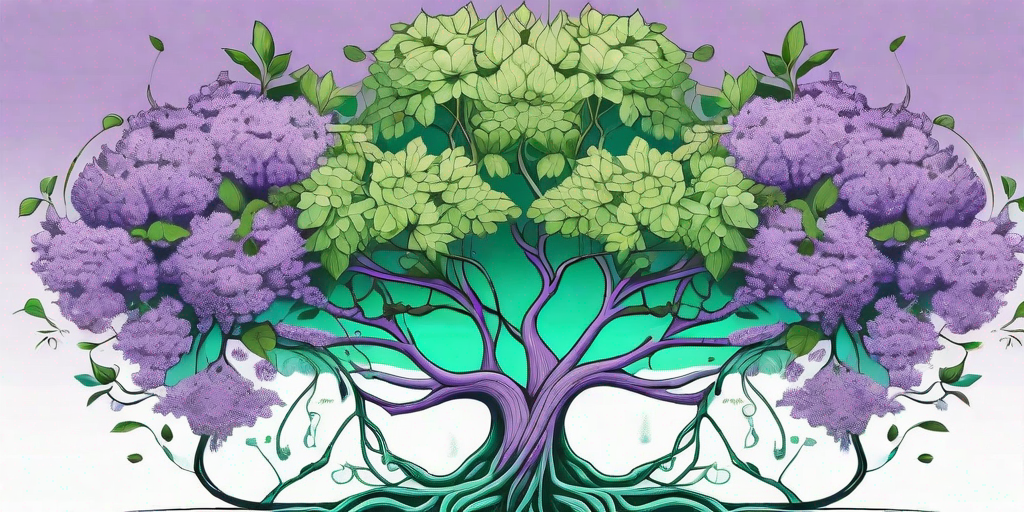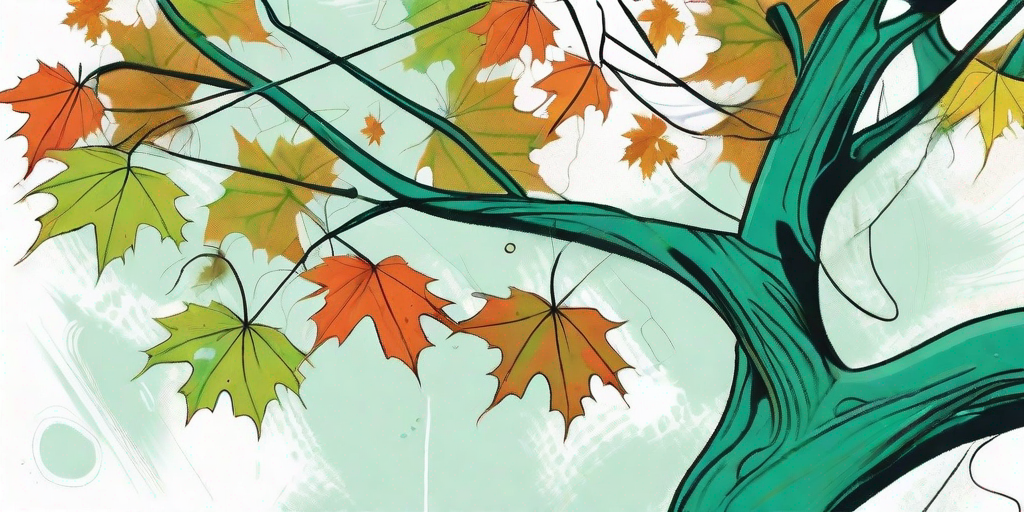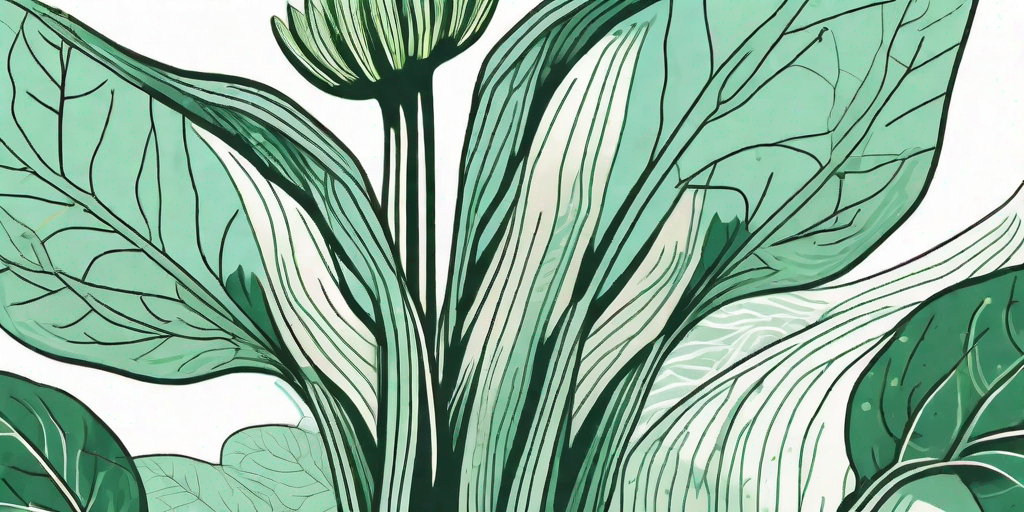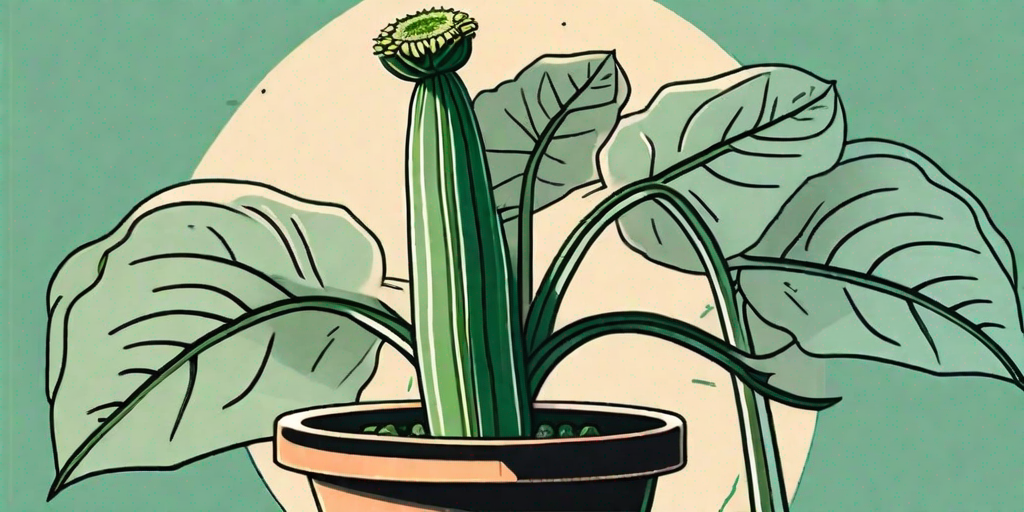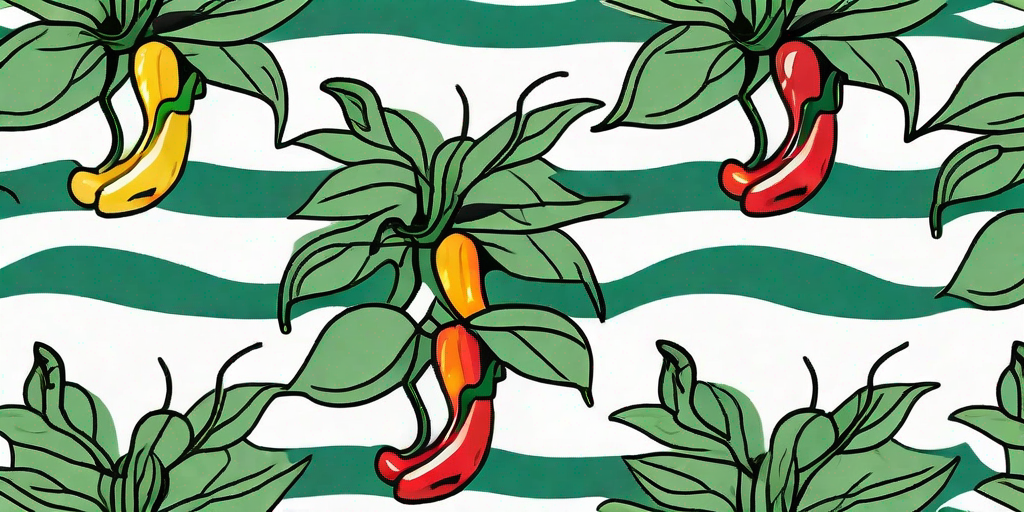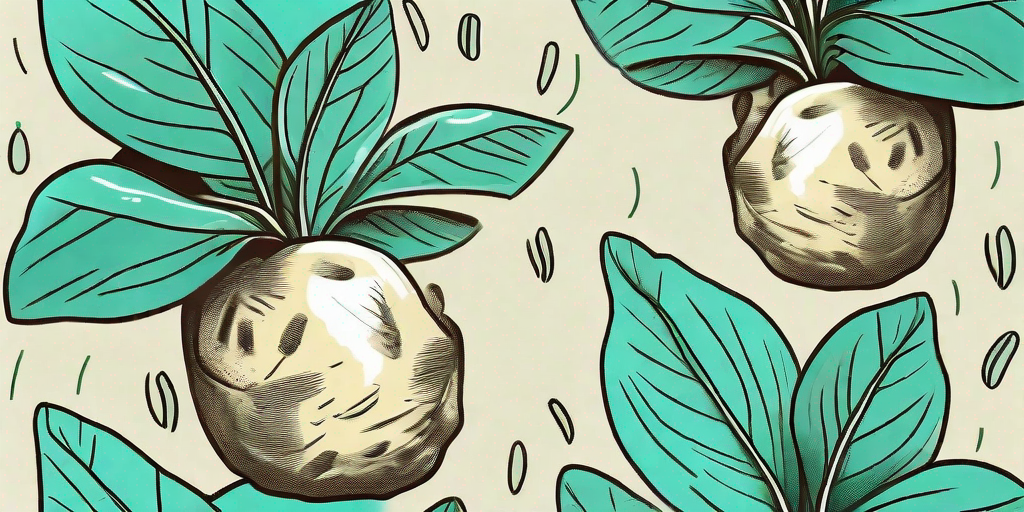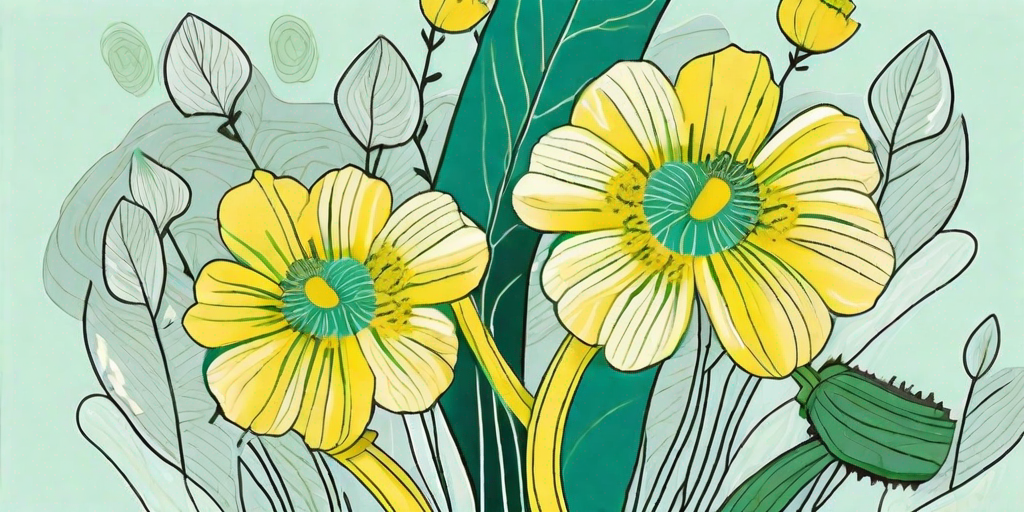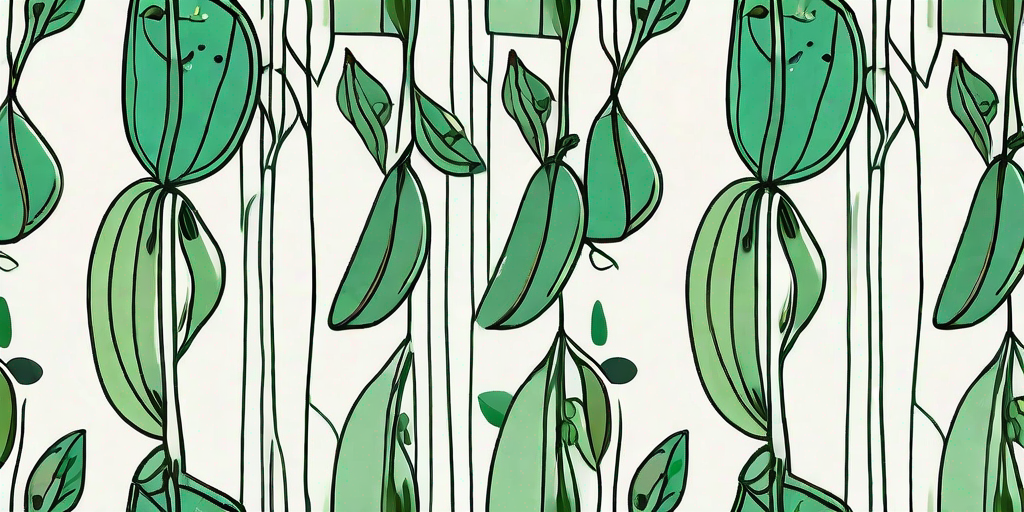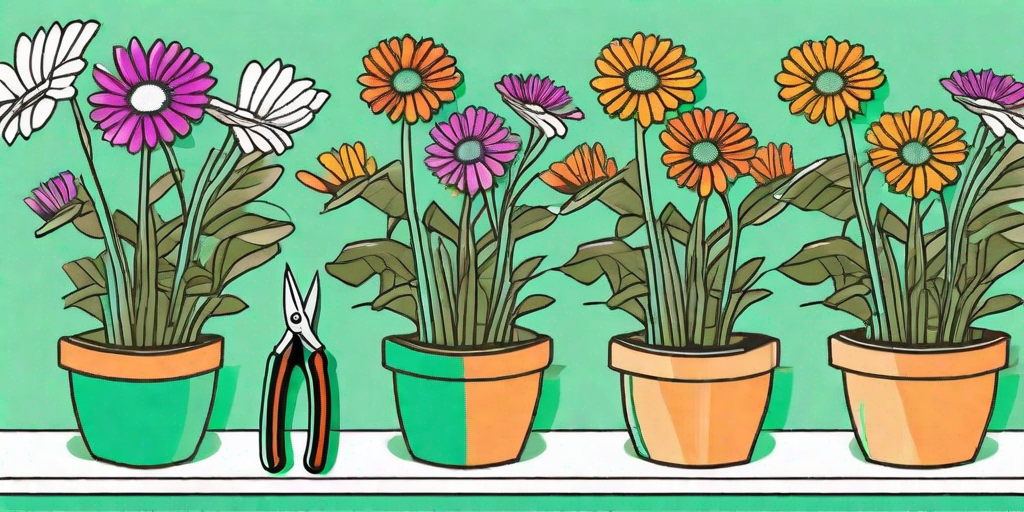
Welcome, chocolate lovers and curious minds alike! Today, we're embarking on a deliciously enlightening journey - the journey of cocoa plants, from bean to bar. It's a tale filled with twists and turns, a dash of science, and a generous helping of chocolatey goodness. So, grab a bar of your favorite chocolate, sit back, and let's dive in!
The Humble Beginnings: The Cocoa Tree
Our journey begins in the tropical regions of the Americas, where the Theobroma cacao tree, or as we like to call it, the "food of the gods," first sprouted. This tree, with its glossy leaves and colorful fruit, is the unsung hero behind every chocolate bar.
Now, you might be wondering, "How does a tree produce chocolate?" Well, it doesn't - not directly, at least. The magic lies in its fruit, specifically the beans inside. These beans are the raw form of what eventually becomes chocolate. But before they reach that point, they have to go through a series of processes, each as fascinating as the next.
The Cocoa Pod: A Treasure Trove of Beans
Each cocoa pod, about the size of a small pineapple, houses 20 to 60 beans nestled within a sweet, pulpy interior. But don't let their humble appearance fool you. These beans are the heart and soul of the chocolate-making process.
Once the pods are ripe, they're harvested manually with a machete. It's a delicate process that requires precision and care to avoid damaging the beans inside. After harvesting, the real fun begins!
The Transformation: Fermentation and Drying
Fermentation is the first step in the transformation of cocoa beans into chocolate. The harvested beans, along with the surrounding pulp, are placed in shallow containers and left to ferment for several days. During this time, the sugars in the pulp ferment and heat up, changing the beans' chemical structure and developing the chocolate flavor we all know and love.
After fermentation, the beans are spread out to dry under the sun. This process reduces the moisture content, making them less prone to mold and ready for the next stage of their journey.
The Art of Roasting
Roasting is where the beans start to look and smell like chocolate. The beans are heated to high temperatures, which brings out their flavor and aroma. The roasting process also makes the shells brittle, making it easier to remove them in the next step.
Once the beans are roasted and cooled, they're cracked open to reveal the nibs - the edible part of the bean that's ground to make chocolate.
The Finishing Touches: Grinding and Conching
The nibs are ground into a paste called chocolate liquor. Despite its name, chocolate liquor contains no alcohol. It's simply a mixture of cocoa solids and cocoa butter, the two main ingredients in chocolate.
The chocolate liquor is then mixed with sugar and additional cocoa butter to create the base for different types of chocolate. For milk chocolate, milk powder is added to the mix.
Conching: The Secret to Smooth Chocolate
Conching is the process of heating and grinding the chocolate mixture for several hours to several days. This step reduces the size of the cocoa and sugar particles, resulting in smoother chocolate. It also helps to develop the flavor and texture of the chocolate.
After conching, the chocolate is tempered, or slowly heated and cooled, to give it a shiny appearance and a smooth texture. The tempered chocolate is then poured into molds, cooled, and voila! You have a chocolate bar.
FAQs
Why is fermentation necessary in the chocolate-making process?
Fermentation is crucial because it kickstarts the development of the chocolate flavor. The heat produced during fermentation triggers a series of chemical reactions that transform the raw beans into something that tastes like chocolate.
What's the difference between cocoa and cacao?
Cacao refers to the tree and its pods and beans in their raw form. Cocoa, on the other hand, refers to the beans after they've been harvested and processed.
What determines the flavor of chocolate?
The flavor of chocolate is influenced by several factors, including the variety of the cacao tree, the conditions in which it's grown, and the fermentation and roasting processes.
Conclusion
From the tropical rainforests to the candy aisle in your local supermarket, the journey of cocoa plants is a fascinating one. It's a complex process that requires skill, patience, and a love for chocolate. So, the next time you bite into a chocolate bar, take a moment to appreciate the journey it's been on. After all, good things come to those who wait!



